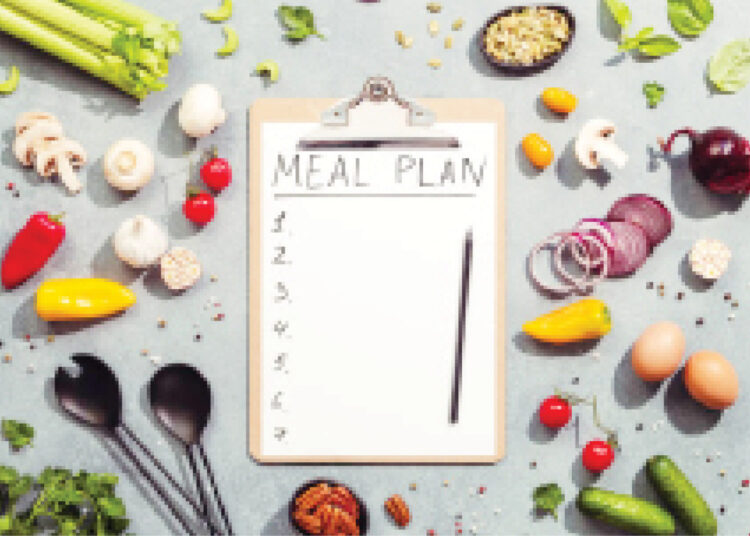Healthy eating isn’t one-size-fits-all. While common advice like “eat clean” or “cut carbs” might work for some, it often overlooks what truly matters—you. Your body, your lifestyle, your health goals, and even your cultural food traditions all play a role in what and how you should eat. That’s why a personalized meal plan is key. It’s about creating a way of eating that fits seamlessly into your life and supports your unique journey to wellness.
A personalised meal plan isn’t about restriction or following a trend. It’s a practical, thoughtful way to nourish your body with foods you enjoy and that support your well-being. Whether you’re trying to lose weight, improve your energy, manage a health condition, or simply eat better, having a plan that suits your unique life makes a big difference.
Think of it like tailoring your clothes. It fits better, feels better, and looks better because it’s made just for you. The same applies to food. When you design your meals to suit your lifestyle and nutritional needs, healthy eating becomes easier, more enjoyable, and sustainable.
What Is A Personalised Meal Plan
A personalized meal plan is a guide that helps you eat foods that support your unique health goals, lifestyle, and preferences. It’s flexible, balanced, and designed around you—not a trend or strict diet rule.
Step-by-Step: How To Build Your Personalized Meal Plan
1. Know Your Goals
Are you trying to manage weight, improve energy, support digestion, build muscle, or eat more plant-based meals? Your goal will guide your food choices.
2. Understand Your Needs
Your age, activity level, and health conditions affect how much food and nutrients your body needs. For example, a pregnant woman will need more protein and iron, while someone managing diabetes should focus on blood sugar-friendly meals.
3. Choose Balanced Portions
Aim to include these food groups at every meal:
Protein: like eggs, beans, fish, tofu, chicken
Healthy Carbs: like sweet potatoes, brown rice, whole grains
Healthy Fats: like avocado, olive oil, groundnuts
Fruits and Vegetables: the more color, the better
Water or low-sugar beverages
4. Plan Around Your Routine
Think about your day. Do you have time to cook, or do you need grab-and-go meals? Do you prefer three big meals or small meals through the day? Your plan should fit your lifestyle.
5. Add Your Preferences
Don’t force yourself to eat foods you dislike. Love beans? Great—use them often. Prefer papaya over apples? Go for it. The plan should feel enjoyable, not like punishment.
Sample Personalized Meal Plan
Goal: Balanced eating for energy and weight support
Lifestyle: Busy with limited time for cooking
Diet Preference: Nigerian-style meals
Breakfast:
Oats cooked with low-fat milk, topped with groundnuts and banana slices
Mid-morning Snack:
Boiled egg and a small apple
Lunch:
Vegetable okra soup with grilled fish and a small portion of amala or brown rice
Afternoon Snack:
Greek yogurt or tiger nuts (kunun aya)
Dinner:
Stir-fried vegetables (carrots, green pepper, ugu) with grilled chicken and a small boiled sweet potato
Drinks:
Water, zobo without sugar, or herbal tea
Simple Recipe: Veggie-Loaded Stir-Fry
Ingredients:
1 cup sliced carrots
1 cup chopped green bell pepper
1 cup shredded ugu or spinach
1 small onion, chopped
1 clove garlic, crushed
1 tablespoon olive or coconut oil
Salt and dry pepper to taste
Grilled chicken or tofu (optional)
Instructions:
Heat oil in a pan, sauté onion and garlic for 2 minutes.
Add carrots and stir for 3–5 minutes.
Add bell pepper and stir for another 2 minutes.
Add spinach/ugu last, stir and cook for 1–2 minutes.
Add salt and pepper to taste. Serve with sweet potato or brown rice





